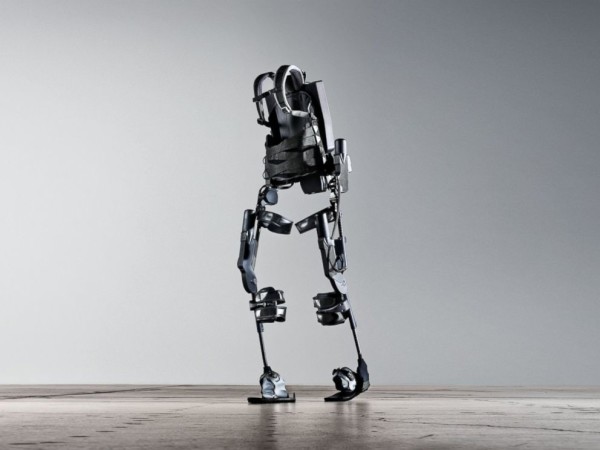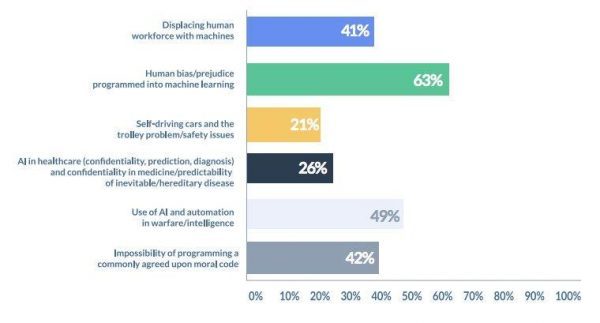Robotic Exoskelton AIDS in Post-Stroke Motor Skill Rehabilitaion

Motor skill training using a robotic arm exoskeleton may be beneficial to people suffering from post-stroke weakness affecting an entire side of their body, according to research presented this week at the Association of Academic Physiatrists Annual Meeting in Sacramento, Calif.
A stroke occurs when blood flow to an area of the brain is cut off, and cells in that area of the brain begin to die – causing the person to lose specific abilities controlled by that part of the brain (such as walking, talking or grasping items with their hands). Stroke is the leading cause of serious long-term disability in the United States, and its most common motor impairment is hemiparesis, or weakness of one entire side of the body.
Very little is known about what can affect and aid in hand motor function after a stroke. To address this, researchers recently studied the use of an upper limb robotic exoskeleton called the CAREX to compare the extent of motor learning in people with post-stroke hemiparesis to people who have not had a stroke. They also looked at whether the use of this device would be more or less effective at different stages of stroke recovery.
The CAREX is a novel, lightweight exoskeleton device developed by Sunil. K. Agrawal, PhD at Columbia University’s The Fu Foundation School of Engineering and Applied Science. The CAREX is currently being used with patients at the Motor Recovery Research Laboratory at NYU Langone Medical Center’s Rusk Rehabilitation, directed by Preeti Raghavan, MD, a senior author on the study.
“Rehabilitation for individuals with stroke is time and labor intensive,” explains Lead Investigator in the study, Syed Zain Ali; a second-year medical student at NYIT College of Osteopathic Medicine. “Hence rehabilitation technology is being developed to facilitate more therapy with limited human resources, with the help of robots for rehabilitation. However, the use of robots for rehabilitation may not be a one-size-fits all approach. We need to understand how to optimize training for individual patients. This study was initiated to understand which facets of robotic training benefit patients at different stages of recovery, so that the right training approach can be chosen for each patient.”
Using the CAREX exoskeleton, which consists of three lightweight cuffs — one on the shoulder, one on the arm, and one on the forearm — attached to motor-controlled cables, the researchers evaluated 14 individuals (19 entered the study and 14 completed it) who had chronic post-stroke right hemiparesis and compared them to seven people who had not had a stroke while they performed three sets of circle drawing exercises.
The 14 participants who had experienced stroke represented early and late stages of recovery as determined by Fugl-Meyer scores, which are used to assess motor functioning, balance, sensation, and joint functioning in people who have had a stroke.
While seated, with their torsos secured with a four-point seatbelt, each participant was asked to draw three sets of 20 circles (10 clockwise and 10 counterclockwise). They followed a pre-determined path for the circles, which maintained a constant diameter of 15 centimeters and required them to touch three specific points while drawing each circle. The robotic exoskeleton used was designed to support the affected arm against gravity while drawing the circles and assist in the movement of the arm along the prescribed trajectory. Each set of circles drawn by the participants tested a function of the exoskeleton (i.e., gravity elimination alone, path assistance alone, and a combination of gravity elimination and path assistance).
Participants who had suffered stokes deviated off the pre-determined circle trajectory more frequently than those who had not suffered a stroke. More specifically, the researchers noted that the amount of muscle strength and control a participant possessed yielded different results.










